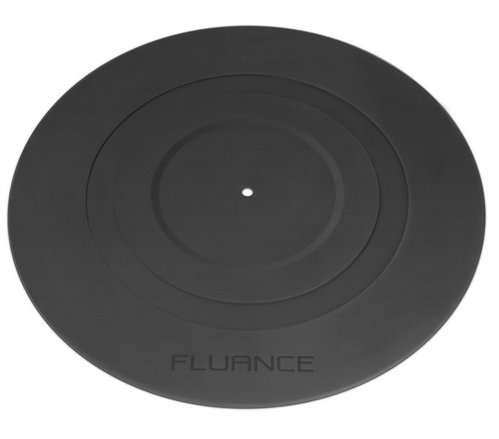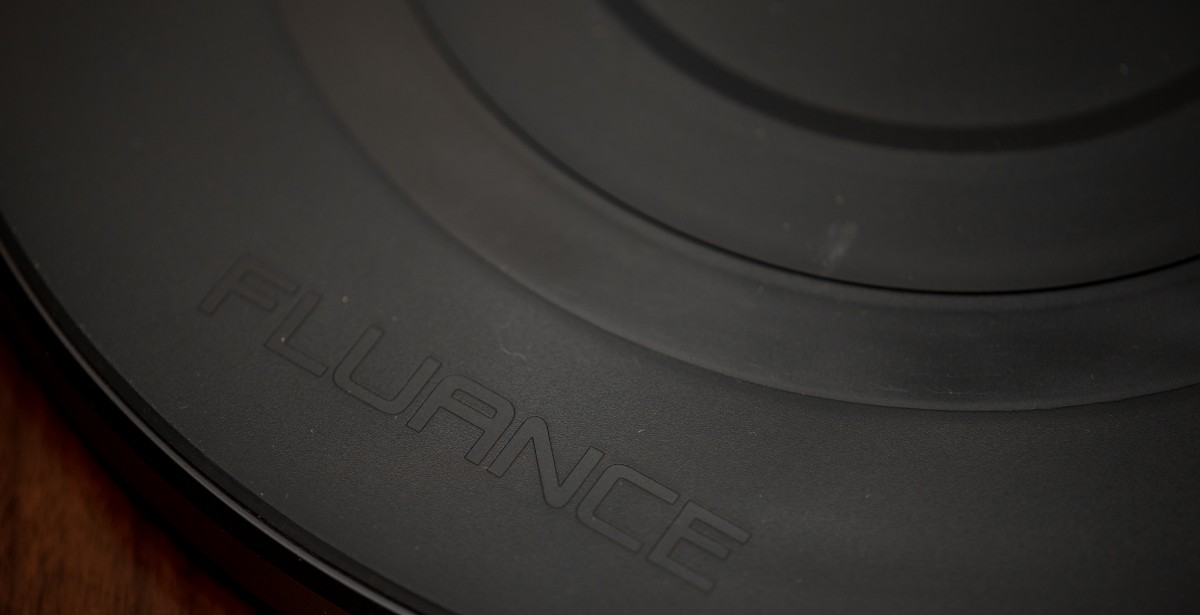Turntable platter mats are an appealing accessory to any home sound system. Certain colors and styles of mats can make an audio set-up look personalized, but audiophiles may find other reasons for liking them.
For instance, these mats can serve functional purposes by “reducing the rumble” and dampening any mechanical noises from your turntable’s motor but still allow the crisp sound of your music to emerge.
Home audio system owners searching for a turntable platter mat will likely run into all sorts of options, along with diverse opinions from advocates or critics about the merits or flaws of certain materials.
The following are some of the pros and cons of different styles expressed by phonograph owners:
Felt – It’s soft, easy to adjust or remove if needed, and comes in a wide variety of colors. Felt is lighter than some materials and is a good buffer against possible scratching or scuffing. This type of material is sometimes criticized, however, for being more likely to attract lint, dust, or static charges than more rigid materials, or that the album can cling to the felt and take some extra effort to separate.
Rubber – These mats are still lightweight but also slightly firmer than felt. Rubber mats help to further isolate the record so your music playback is less impacted by any vibration.
Cork – This natural and inexpensive material helps reduce the slipping of a record and also makes it easy to lift your records right off the mat without having to separate the layers like you might with the fabric or rubber mats.
Leather – Along with helping dampen some sounds and improve the quality of others, such as being able to enhance bass tones, leather can also help reduce the potential for static electricity build-up. It is also often desired for its appearance.
Metal – This surface can improve the resonance of some sounds and dampen others. It also can look appealing, especially when shined or buffed. But there is the possibility of attracting excess lint, possible audio feedback, and a risk of the mat itself being scratched, instead of a record.
Foam – Silicon foam is considered one of the better options for turntable mats. Not only can this material diminish sound but it can absorb extra vibrations, such as something coming from a motor. Another bonus is that it can reduce possible feedback between the stylus and the record itself. It is often however more fragile than harder materials.
Carbon fiber – This mat is designed to reduce the possibility of static discharge but still present a smooth surface.
Acrylic – Though it is one of the more dense options, this surface can provide a consistent speed and reduced vibrations, which can make a better sound experience all around. Any extra sounds can be further dampened due to the acrylic mat being the same material as a record. to fins out more watch this video.
Glass – This surface looks appealing and can provide a smooth surface for your records to be placed on in addition to a richer sound. But in some cases, this material is said to cause “ringing” or minor higher-tone feedback.
Some people minimize this by placing a softer fabric mat or a damping ring underneath the glass mat.
In the end, the final indicator of “What sounds the best?” might be your ear.
You can consider listening to the same album on different types of material and deciding which produces the most ideal sound quality or does a good job of diminishing other mechanical sound. Though there are some functional variables, such as how one type of material feels or how much dust is attracted, the final factor could be your subjective impression.

Fluance Turntable Platter Mat (Rubber Black)
Isolate your record from unwanted platter micro-vibrations, resulting in a deep, full, tone for high fidelity playback of your vinyl music.
Learn More